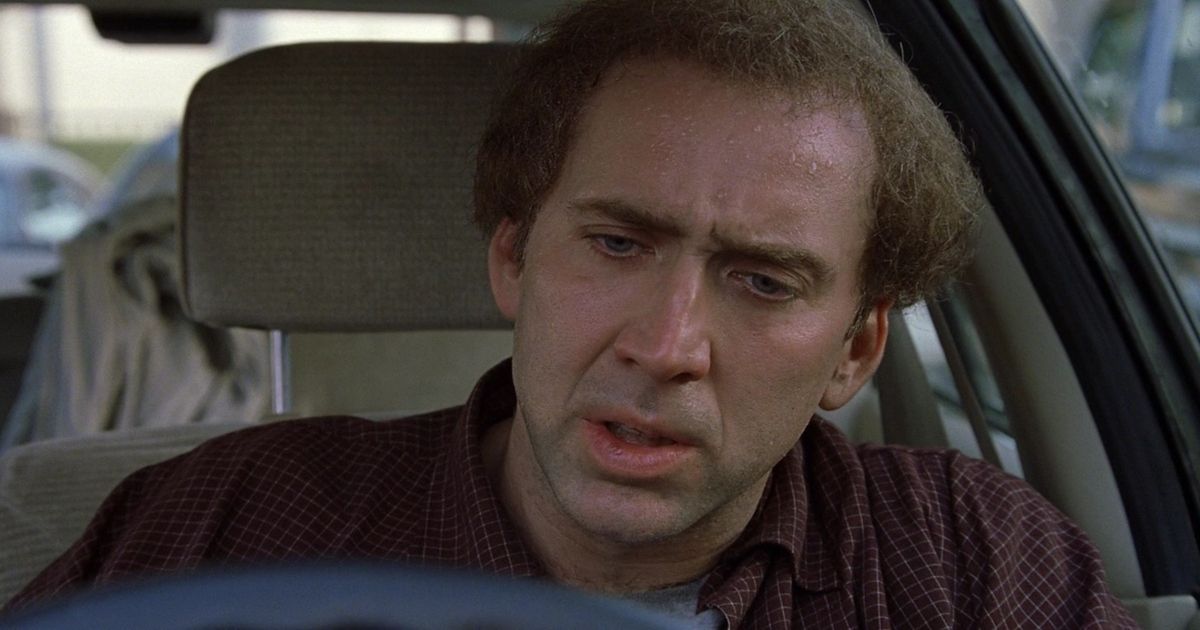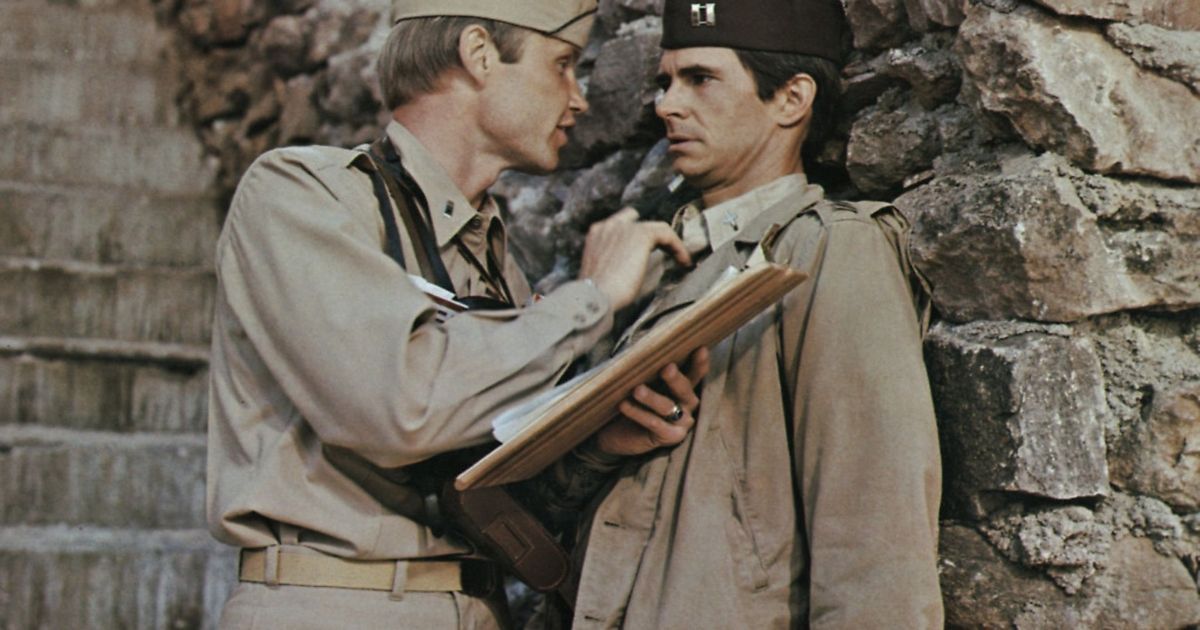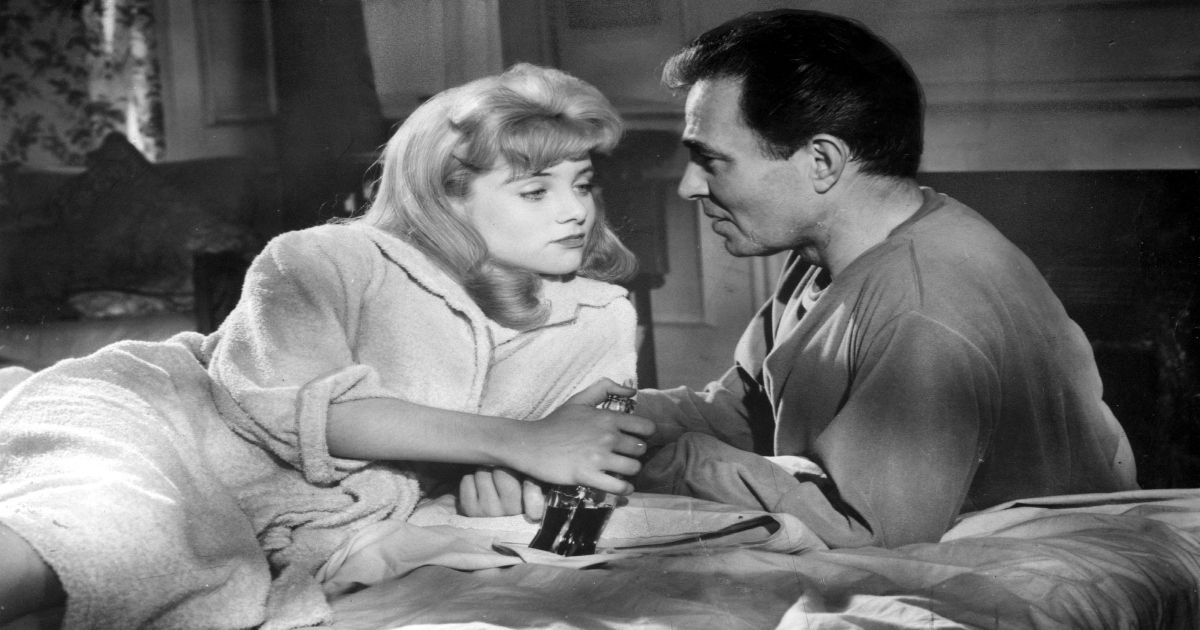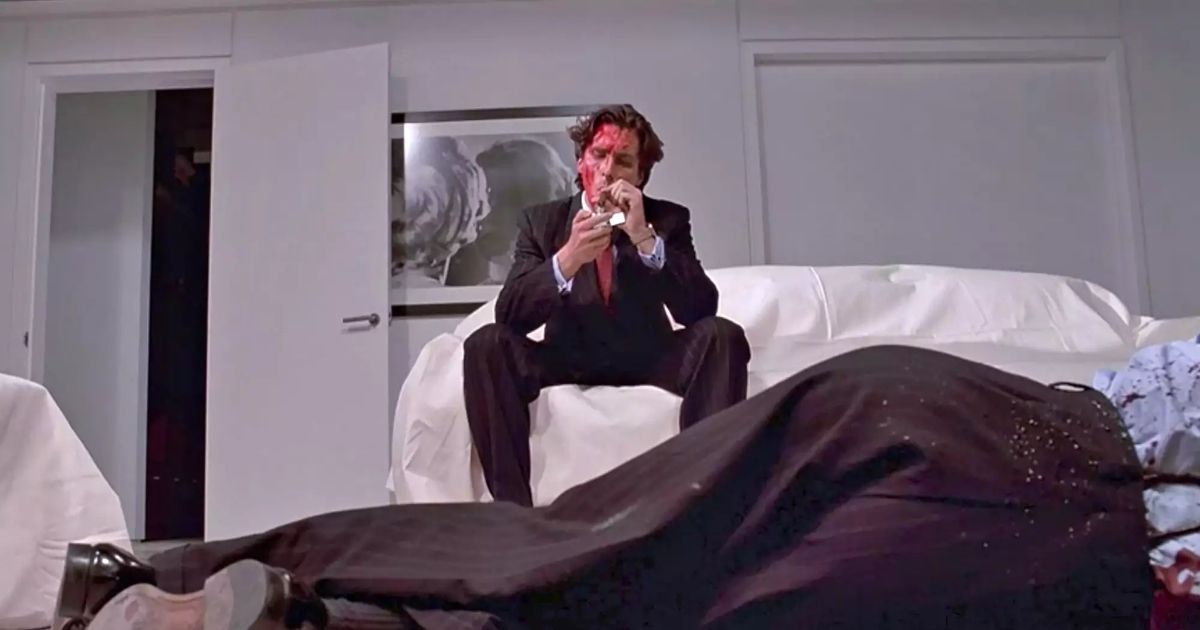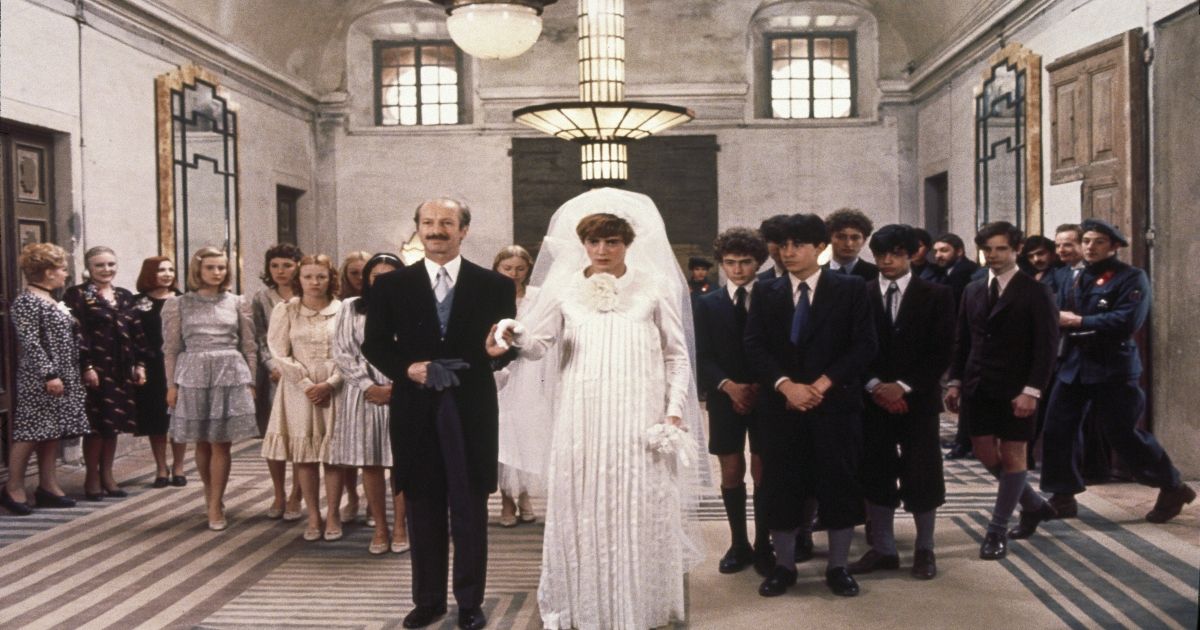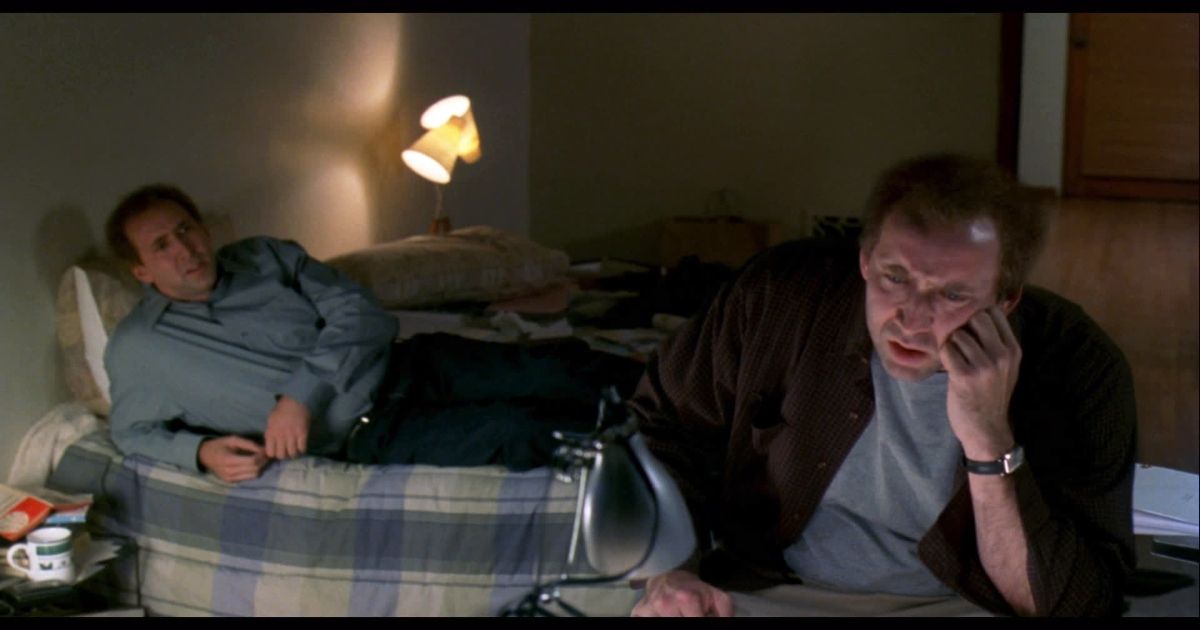Stanley Kubrick once said that "if it can be written, or thought, it can be filmed." This was no doubt true for the revered filmmaker, who made a career out of adaptations that elevated their source material and visual compositions that conveyed complex ideas - but this oft-quoted remark ignores some fundamental differences between the film and written art forms. In the essay collection Deep Focus: Reflections on Cinema, filmmaker Satyajit Ray (a giant of equal stature to Kubrick) noted that good films made from books are re-shapings of their sources, because "books are not primarily written to be filmed. If they were, they would read like scenarios; and if they were good scenarios, they would probably read badly as literature, for scenarios are no more than indications in words of what is really meant to be conveyed in images."
At its most basic (and with many exceptions depending on how the artist approaches the form), the difference between film and literature is the difference between the external and the internal. Films use images and montages to suggest meaning in real time, while prose uses language to state meaning outside of time. These fundamental differences have not stopped the vast output of film adaptations, many of which successfully translate the spirit of a story from linguistic to visual terms. Yet, there are literary works whose impact and function are so firmly woven into their form that an adaptation is practically impossible. This is especially true for modernist and postmodernist literature, which investigate the very notion of internal experience and the mitigation of reality through language/abstraction. Many of these novels (e.g. Pynchon's Gravity's Rainbow) have remained untouched by filmmakers, while others (e.g. Woolf's Mrs. Dalloway) have been attempted with mixed results; but sometimes a film will take a pass at "unadaptable" material and find a way to bring an absolute novel to cinematic life without compromising the integrity of the film form or the source material.
Below we take a look at five successful films that adapted "unadaptable" material, and how they succeeded. Some used filmic techniques to stand in for literary techniques; others radically re-imagined the material; and some had the audacity to prove that the only thing that made a work "unadaptable" was sheer small mindedness.
5 Catch-22 (1970)
Joseph Heller's Catch-22 isn't just one of the best literary debuts of all time - it's one of the greatest works in the anti-war, absurdist, paranoid fiction, and satirical canons. It is also rather dense and abstract, and for all its Marx brothers antics, it doesn't come across as particularly adaptable. Much of the novel's meaning originates in its third-person omniscient narrator, whose free associations and non-linear digressions embody the absurd logic of institutional bureaucracy, a structure that reveals its inhumanity most acutely when applied to the darkest human condition: war. Most of the characters' names are linguistic jokes, and scenes are linked not by plot continuity but by (frequently meaningless) parallels in phrasing. Though not fourth-wall-breaking or challenging enough to count as postmodernism, Heller's book has similar attitudes toward language as a mediator of experience that takes on a destructive life of its own.
Since its publication, there have been three motion picture adaptations of Catch-22: a film, a pilot, and a limited series. Of the three, the only to truly capture the form of the novel is Mike Nichols' under-sung 1970 masterpiece. Though unfavorably compared to Altman's Mash (1970), a lower-budget film many felt was closer to the anti-authority sentiment of Catch-22 and the times in general, Nichols' maximalist approach to the material is a jaw-dropping manifestation of the New Hollywood ethos, in which major studio money was put behind confrontational material. To approximate the free associations and abstract connections of the novel, Nichols uses conventions of film vocabulary to link disparate spaces (e.g. when we cut between two linked conversation, the actors are covered as if they are in the same space, with one dominating the left of frame and the other dominating the right). This approach is one Nichols carried over from his previous film, The Graduate (1967), which features a sequence in which the protagonist's daily routines and double life are woven into continuous gestures that depict stasis and the passing of time.
The director makes use of his background in comedy and his newfound status as a major filmmaker with the power of Hollywood at his fingertips to create a surreal mishmash of war, epic spectacle, and screwball humor. One iconic wide-angle shot depicts a crooked Colonel and an aspiring war profiteer walking along a landing strip, discussing the potential profitability of the egg trade - meanwhile, a bomber comes crashing down and bursts into flames behind them, hardly noticed by the characters. It is a visual interpretation of the contrast between human frailty and the stakes of war that runs through the novel; and while the film may never reach the heights of the book, it stands on its own as an off-kilter and relevant tale of military oppression, the traps of civilization, resistance, and the insanity of being the only sane person in a world that's lost its mind.
4 Lolita (1962)
"How did they ever make a movie of Lolita?" So asks the ads for Kubrick's adaptation of Vladimir Nabokov's masterpiece of solipsism, manipulation, and forbidden desire. The story of a hateful man with a sophisticated lover's tongue, Lolita follows professor Humbert Humbert as he lusts for a twelve-year-old girl. With explicit scenes of hebephilia and a narrator who does too good a job of justifying his monstrous actions, there's plenty in Lolita that is unadaptable from a moral perspective (particularly in the context of 1960s Hollywood), and that is what the infamous tagline refers to - but the novel makes its way onto our list for its masterful use of the literary form.
The quintessential unreliable narrator, Humbert Humbert (whose name implies no identity/history beyond himself) is unambiguously a monster - yet he is able to manipulate language and romance tropes with such elegance and self awareness that his actions take on the shine of a doomed romantic's attempt to survive in a compassionless society. Essentially, there are three levels to the narrative: the story that Humbert is telling (one of forbidden romance and a man sunk by a duplicitous enchantress); the story that is implied (one of abuse, sexual assault, and manipulation); and the story that Nabokov is telling (one of loneliness, self-deception, the inability to see beyond the self, and the abyss beneath the rational). All levels rely explicitly on language as a tool of deception.
So how does one translate this story into the external realm of images without losing its meaning? After all, where "Lolita" (whose name is really Dolores, implying sorrow) is denied personhood by Humbert's narration in the novel, she must exist as a visible presence unmediated to the audience on film. This means either portraying her misery (contradicting Humbert's narrative and muffling the thematic impact), or portraying her as Humbert sees her (leaving the audience to accept his version of Lolita as the real version). Kubrick approaches this issue by infusing Lolita with ambiguity: she is flirtatious and grown-up seeming enough that the insensitive or clueless could take the relationship at face value and see her as an autonomous participant; yet she is also clearly childish, immature, and powerless, to the extent that the notion of equality in her relationship with Humbert is obviously absurd. The sense that Humbert is lying or hiding something from us that pervades the novel is unfortunately lost, as is the complexity of Dolores' character implied between the lines, but it is compensated for by the sense of more beneath the surface.
In addition to the more obvious tool of the voice-over, Kubrick uses irony to approximate first person narration. Humbert's actions are frequently lit and scored as straight-forward romance, leaving moral condemnation as the audience's responsibility. This encourages active engagement from the viewer that is more akin to the reading process. Above all, Kubrick flips the novel's approach to accommodate the cinematic medium (and the censors): where Nabokov begins inside the mind and uses words to rationalize the darkness that brews there, Kubrick begins outside, in the realm of glossy Americana, using implication to illustrate the bile that churns beneath. Though we know more than the clueless adults who assume Humbert is merely an overprotective father, we don't know that much more - the truly transgressive is left to the imagination.
3 American Psycho (2000)
Author Bret Easton Ellis has made no secret of his dissatisfaction with the adaptation of his controversial novel American Psycho (1991), maintaining that an effective translation would be impossible, particularly as executed. One of his justifications for this is absurd: Ellis maintains that women do not possess the capability for visual desire necessary to make great films, and Mary Harron was therefore, the wrong choice to direct (in addition to being a laughably old-fashioned misconception from a "cutting edge" author, any look at the work of Chantal Ackerman, Isabel Sandoval, or countless others proves this statement false; in fact, Harron's contribution to horror broke ground for a wave a female auteurs behind visceral scary movies, many of which focus heavily on desire). A less idiotic point the author made is that the visual translation of his novel robbed the story of an ambiguity only possible with words. He told Film School Rejects that the "book is unadaptable because it's about consciousness, and you can't really shoot that sensibility. Also, you have to make a decision whether Patrick Bateman kills people or doesn't. Regardless of how Mary Harron wants to shoot that ending, we've already seen him kill people; it doesn't matter if he has some crisis of memory at the end."
There is a lot of truth to this, though Ellis underestimates the capability of ambiguity in film. Our eyes can deceive us, and the notion that Bateman may have committed no murders at the end is a justified interpretation of the film: we don't need a Fight Club style flashback sequence to reveal that it wasn't real. Instead, the corporate ruthlessness and patriarchal violence Bateman unambiguously commits is revealed as no different from the crimes we've seen him commit - they may not have been literal, but the intent is the same. Alternately, the more literal interpretation suggested by the physical images brings out a theme of social privilege and enablement that is connected to corporate America. We have seen Bateman kill; we know that he is a monster; but the world around him refuses to see it because of the benefits of his legal crimes. Where Ellis' protagonist can be dismissed as a frustrated white collar worker with violent fantasies, Harron's audience stands in for the millions who clearly see the violence perpetrated on Wall Street, and know nothing is going to be done about it.
Both the novel and the film were criticized upon release for excessive violence. Though the novel is clearly satire and succeeds in its objective to put us uncompromisingly in the mind of a distinctly American (maybe) serial killer, its descriptions of violence against women are occasionally indulgent to the point of losing meaning: there is a fine line between reflections on misogyny and genuine misogyny, and given Ellis' own remarks about women and gender, it's not hard to imagine that the novel may be genuinely sexist. Harron, on the other hand, imbues her film with a richer skewering of Bateman and the toxic masculinity he represents. In an interview with the Shudder podcast, Eli Roth's History of Horror, Harron maintains that she had no interest in "understanding" Patrick Bateman: he was essentially an alien that looked to American media and imagery to learn how to be human. This accounts for his notably unsexy sexual encounters, which are modeled after the stiff aerobics of hardcore pornography. Harron never follows Bateman into his worldview: she steps back and lets him and his world speak for themselves. She shoots his frequently nude female victims with a sense of respect and care, never allowing the crimes to become pleasurable. It creates a very different experience than the novel's amorphous point of view, but one that stands on its own as a brilliant work of horror satire.
2 Salò, or the 120 Days of Sodom (1975)
Some entries on this list have focussed on adaptations of novels that are shocking or grotesque; but their inclusion had more to do with form than content. This is not the case for the Marquis de Sade's 120 Days of Sodom. There is nothing in the incomplete novel that is technically unfilmable; it is just so vile and nihilistic that the laborious process of production in service of an unwatchable film would be painful and pointless process, fit only for those who fall on the masochist side of the BDSM spectrum (the term sadism takes its name from the controversial author).
The artistic merit of the novel has been hotly debated sine its publication in 1904 (it was originally written in 1785). On one hand, its author was a child molester, sexual assaulter, and generally reprehensible nobleman who sought to write the most impure tale of all time, and its intent was at least partially pornographic. On the other hand, the novel is ripe with genuinely insightful ideas about power, pleasure, morality, the depths of hidden desires, and what it takes to gratify them. Even if its literary merit is ignored, the novel is a significant document for the study of human sexuality.
This ambiguity and controversy makes for a fascinating work of literature - but hardly a fun night at the movies. Luckily, iconoclast filmmaker/activist/poet Pier Palo Pasolini had no interest in making a fun night at the movies. Pasolini had made a "Trilogy of Life," three films that used ancient anthologies to examine sexuality and society in a life-affirming manner. In response to the forces of fascism, consumerism, and authoritarianism, Pasolini intended to make a "Trilogy of Death" - and while he was murdered before he could realize it, Salo stands as a powerful and harrowing condemnation of authoritative abuse and political dehumanization that has lost none of its power and remains one of the most hopeless nightmares committed to celluloid. Pasolini updates the novel's setting to the end of the Fascist Republic of Salo. In it, four powerful Italian libertines use their political standing to capture eighteen teenagers, whom they bring to an isolated castle and torture with methods suggested by the tales of four seasoned prostitutes.
The film makes many changes to its source material, but it doesn't sanitize anything: the film is every bit as brutal, hopeless, and depraved as the original story. However, there is no frame in the film without purpose: by changing its political context, Pasolini transforms the story into a deeply upsetting condemnation of political dehumanization. Where the morality of the novel is hotly debated, Pasolini's intentions are clear and righteous -- but that doesn't make it any more watchable. His final film opened the door for a wave of Extreme Cinema that continues to this day, making room for films that challenge our understanding of what is acceptable to put on screen, and how true evil can be transformed into meaningful art.
1 Adaptation (2002)
If the Spike Jonze-directed and Charlie Kaufman-penned Adaptation seems weird and meta to begin with, it is made more so by a quick search on its production history. The film is about frustrated screenwriter Charlie Kaufman, who is attempting to adapt Susan Orlean's nonfiction book The Orchid Thief: A True Story of Beauty and Obsession, only to be met by unbearable writer's block. After much self-loathing and many false starts, Charlie decides that the best he can do is to write a screenplay about frustrated screenwriter Charlie Kaufman, who is attempting to adapt Susan Orlean's nonfiction book... and so on. The real Charlie Kaufman is a master of paradoxes that fold infinitely into themselves, so it's reasonable to assume that his plan was always to create an endless loop of obsession and reality-bending fiction - but in actual fact, he was given the assignment of adapting Orlean's book, quickly found himself unable to crack it, and set about writing a postmodern comedy about his comedy so that he would have something to turn in at the end of his deadline.
Adaptation is about the struggle to retain beauty and truth in the entertainment-focused world of bottom-line-minded Hollywood. Charlie is attracted to the project in the first place because it is basically plotless; instead, it is a meditation on beauty, obsession, and flowers. In an early meeting, he is adamant that he doesn't want to transform the story into a cliché-ridden Hollywood vehicle full of car chases and drugs and strange creatures (though that is exactly what the film we're watching turns into at the end). He wants to make something real -- but he finds that, like the flowers in Orleans' book, he may have to adapt his thinking if he wants to survive. Amid his struggle, Charlie's fictional twin brother Donald writes a nonsensical screenplay that follows all the familiar beats and receives unprecedented acclaim: of the two; he is the better fit organism to survive the movie industry's harsh wilderness. The film also contains a faithful dramatization of the book, before it warps into something much more Hollywood.
Jonze's film asks difficult questions about the page-to-screen process. Are we, as viewers, too stupid and impatient to appreciate the sophistication of the written word? Are writers like Charlie naive and pretentious for wanting to give the people something true and meaningful, when all the people want after their long hard days is to be entertained? What is most impressive about the movie is its thematic faithfulness to its source material: despite the meta hijinx and narrative complications, Kaufman's screenplay honors the ideas that populate Orlean's writing: obsession, the absurd quest for beauty, the desire to abandon the beaten path, and the sacrifices all organisms must make to survive. The book on its own may be unadaptable by popular filmmaking standards; but it was transformed into one of the best films of the 2000s despite and because of that unadaptability.

